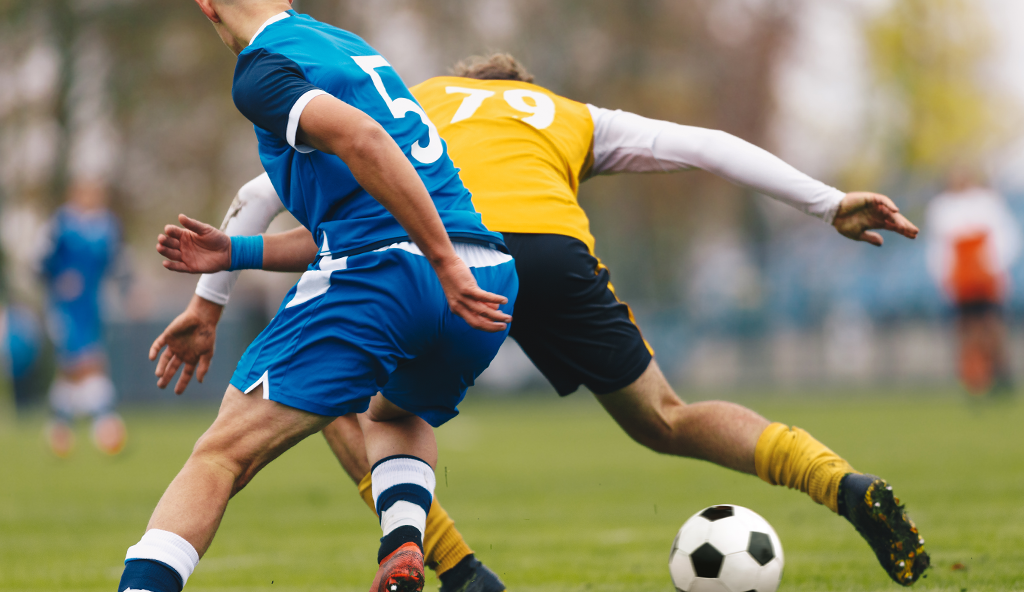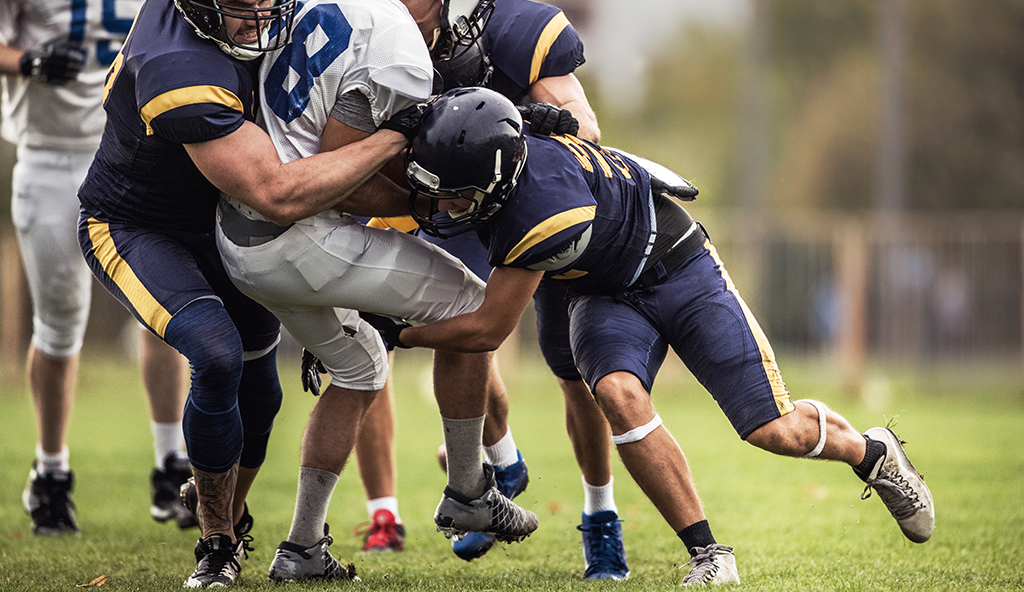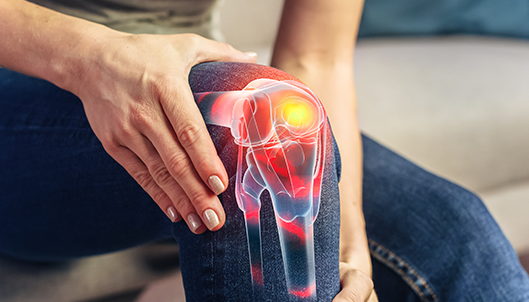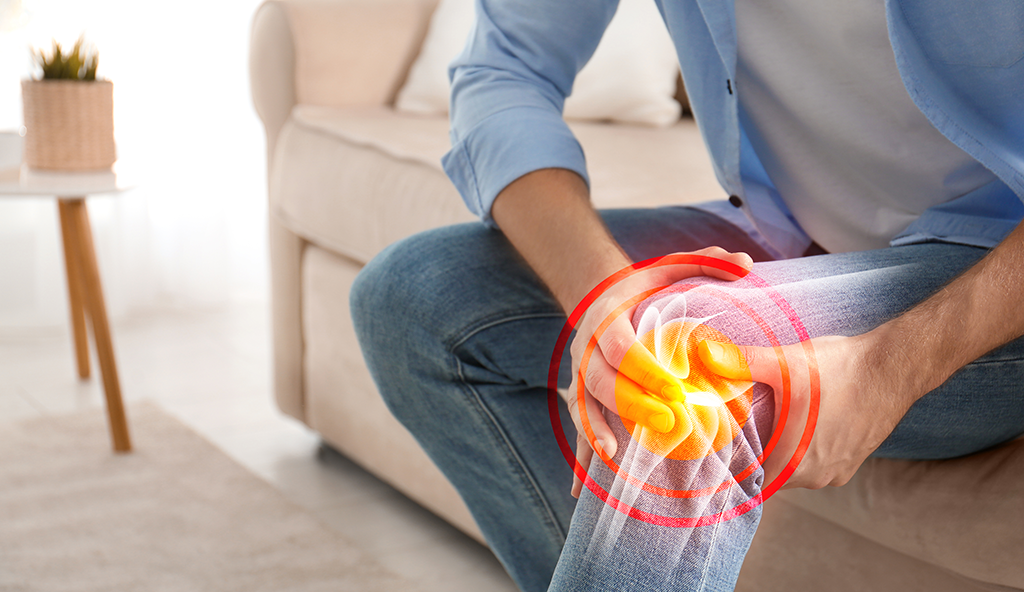
Injury Overview
Sometimes structures can become dislodged and mobile inside a joint. When this occurs these structures are called loose bodies. Loose bodies can be made of bone, cartilage, or items which do not normally belong in a joint. They can arise from an injury or from the wear and tear changes which joints go through with time. For some patients, loose bodies within a joint do not cause pain or disability. They can go unnoticed for years. However, for some people loose bodies can cause significant problems. Some individuals with loose bodies in a joint will find that with certain movements mechanical symptoms, such as popping, catching or locking, will occur. This is may be caused by these loose fragments moving to different regions or becoming lodged between two structures in a joint. In a hip, loose bodies can be a source of significant discomfort and pain. When loose bodies are determined to be the cause of pain, they can be surgically removed. Without treatment symptoms may continue to worsen and healthy articular cartilage may become further damaged contributing to further joint degeneration.
Symptoms
When loose bodies within a joint do cause symptoms, these symptoms often occur after reproducible specific movements. Patients often begin to recognize pain with certain activities or motions and begin to alter their movement or activity. The most common symptoms associated with loose bodies are:
- Sharp pain during a specific motion
- A feeling of “catching” inside the hip
- A feeling of “locking” inside of the hip
- Sensations of instability
- A constant dull ache
Diagnosis
Loose bodies often arise from a specific injury. For this reason, Dr. Anz will get a full patient history to understand any previous injuries which may have occurred. He will follow this with a physical examination and evaluation of X-rays and potentially a MRI to determine where the loose bodies reside and if there are any additional injuries to assess. Typically, the only treatment for symptomatic loose bodies is surgical removal.
Surgical Removal
Dr. Anz prefers an arthroscopic surgical approach to remove loose bodies from the hip joint. It is not always possible to remove all loose bodies depending on a given scenario. During arthroscopic hip surgery, keyhole incisions are made around the hip through which a small camera and small surgical instruments are used. The camera allows for visual location of loose fragments of cartilage and bone. After visualization, grasping instruments may be used to remove these fragments. During this process he may also use additional tools to smooth and reshape rough areas that have suffered damage due to the loose bodies.
Post-Operative
Following arthroscopic hip surgery, Dr. Anz will prescribe a progressive rehabilitation plan whereas the patient will work closely with a therapist to gain range of motion, strength, and movement. Typically, patients are able to resume their normal activities within 6-8 weeks following surgery.
—
If you have any questions regarding hip pain or arthroscopic hip surgery, or would like additional information on loose bodies, please contact the Gulf Breeze, Florida orthopedic surgeon, Dr. Adam Anz located at the Andrews Institute.










